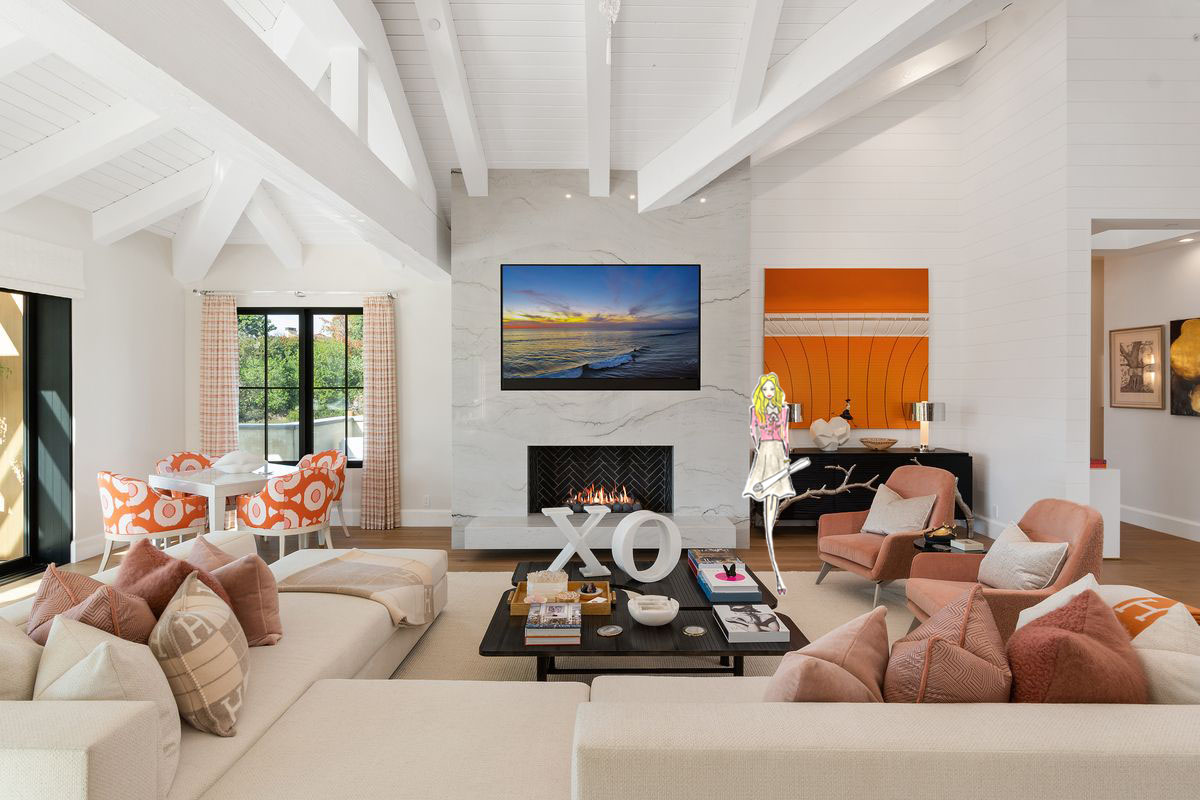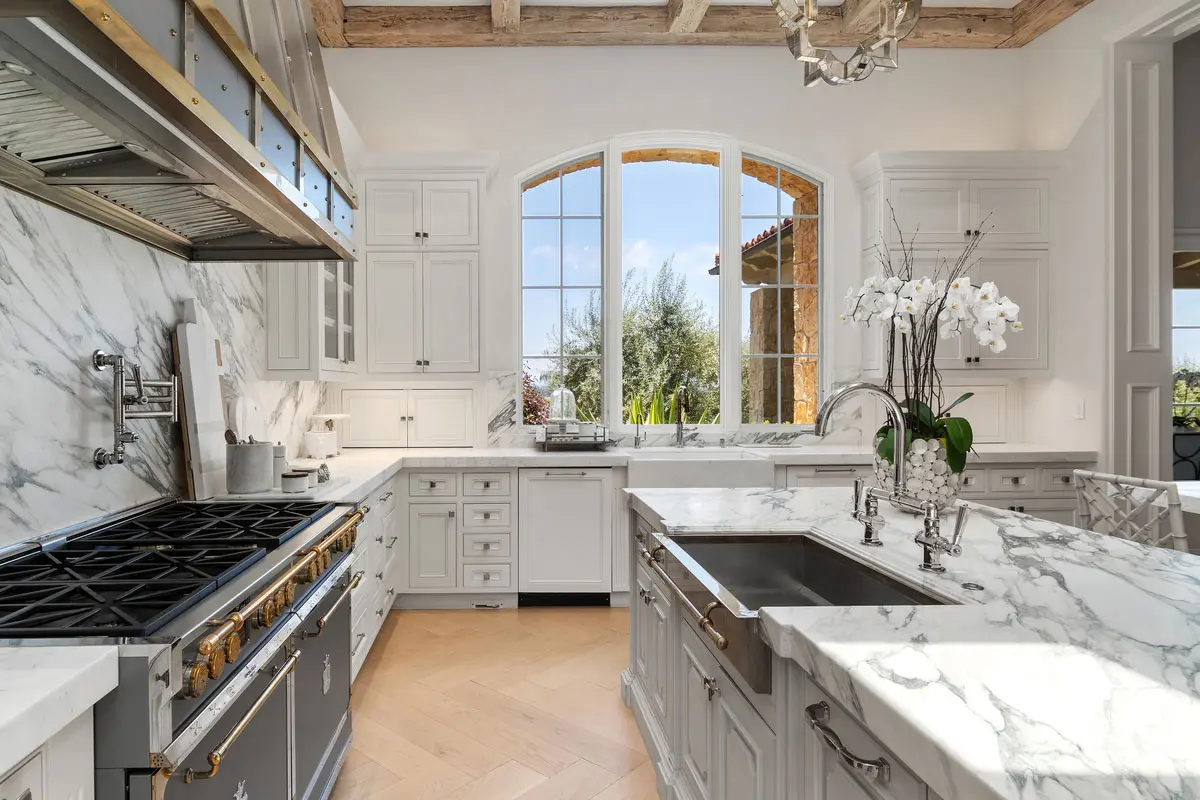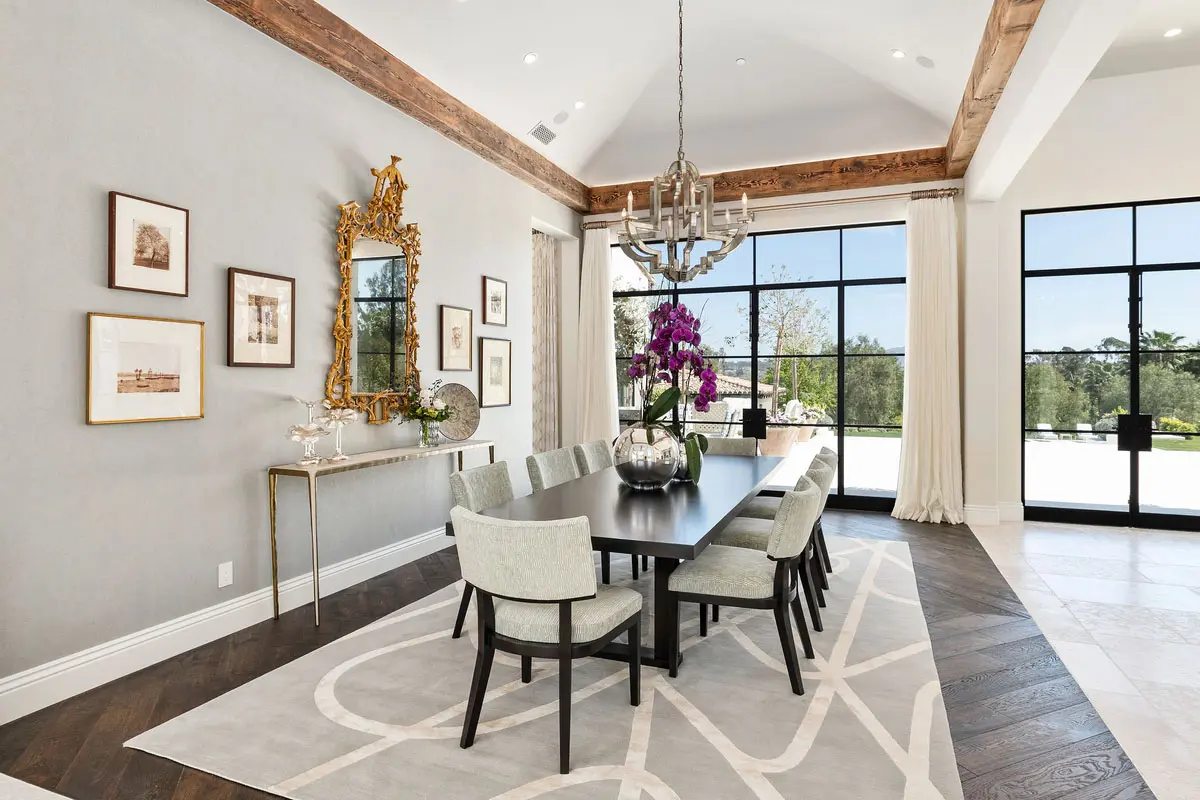Organizing a child’s room is one of the most challenging yet rewarding tasks in home design. The room needs to accommodate a balance of functionality, creativity, and personal expression. While children thrive in spaces that inspire play, they also need a place that encourages them to stay organized, which can sometimes be a challenge. The key is designing a space that is not only practical and tidy but also stimulating for your child’s imagination.
A well-organized space allows kids to feel empowered to keep their room neat while nurturing their creativity. The storage solutions you incorporate must be both visually engaging and easy for your child to use. From colorful bins to multiuse furniture, organizing a child’s room doesn’t mean sacrificing fun. It means blending functionality with imagination to create a space that works seamlessly for both you and your child.
The Importance of Playful Yet Functional Design
As any parent knows, kids’ room organization isn’t just about making the space look neat; it’s about ensuring that your child enjoys spending time there while being able to find their things when needed. The room should foster a sense of ownership, giving your child the tools they need to maintain order. It should also be designed to inspire creativity, where storage solutions become part of the fun.
In this section, we will explore how to achieve this balance. You can create an inviting environment that stimulates play while maintaining organization. Whether you’re working with a small bedroom or a large playroom, these principles apply to spaces of all sizes.
Creative and Practical Storage Solutions
One of the most essential aspects of organizing kids’ rooms is storage. Children tend to accumulate toys, clothes, books, and school supplies, all of which can quickly make the room feel cluttered. But when storage is designed to be both functional and fun, kids are more likely to engage with it and keep the room tidy.
Colorful Storage Bins and Baskets: A Fun, Functional Approach
One of the easiest ways to keep a child’s room organized is through the use of colorful storage bins and baskets. These items are not only visually appealing, but they also make it easier to separate and categorize toys, books, and other items. Color-coding the storage solutions is a simple but effective way to teach kids how to organize their things. Assigning a specific color for toys, books, clothes, and other items can give your child an easy-to-follow system for keeping everything in its place.
The best part about colorful bins and baskets is their versatility. Plastic or fabric bins can be used for both soft and hard items, making them ideal for a variety of things, from stuffed animals to building blocks. Stackable bins or woven baskets can even serve as decorative storage, adding texture and depth to the room while keeping things tidy.
These storage solutions can also be placed in easily accessible spots, such as under the bed, in open shelves, or within built-in cabinetry. This ensures that the room remains organized and practical while maintaining a clean aesthetic. Additionally, storage bins with lids can help hide clutter while ensuring your child has quick access to their belongings.
Labeling: The Key to Easy Organization
To make organization even easier, consider using labels for storage bins and baskets. Labels provide children with a clear understanding of where everything belongs. For younger children, you can use pictorial labels—simple illustrations that show what goes in each bin. For older children, clear, easy-to-read labels will help them learn to read and follow instructions.
Using interactive labels (such as chalkboard or dry-erase labels) can also make the cleaning process more fun. Kids can update labels as they grow and their needs change. Labels provide children with autonomy over their own space, helping them feel responsible for the organization process.
Additionally, customizable labeling systems can allow the family to update storage needs as the child grows. This level of flexibility ensures that the space adapts as your child’s needs evolve.
Multiuse Furniture: Maximizing Storage and Function
In small spaces, multiuse furniture is essential. Furniture that doubles as both seating and storage offers a highly functional solution. For example, ottomans with hidden storage can be used to store blankets, books, or toys, while serving as extra seating when guests are over. Storage benches in entryways or by the bed can provide places to store shoes, sports equipment, or even seasonal clothing.
Other versatile furniture pieces include modular shelving units that can be customized and reorganized as your child’s needs change. These shelves can hold toys, books, and even decorative items like family photos or plants to enhance the room’s overall aesthetic.
The goal is to use furniture that does double duty, providing storage without taking up valuable space. Consider beds with built-in drawers or floating shelves for books or stuffed animals. Foldable desks or wall-mounted tables can also create additional space for activities without taking up too much floor space.
Designing Zones for Different Activities
Children’s rooms often need to serve multiple functions: sleeping, playing, studying, and relaxing. One of the best ways to organize the space is by creating distinct zones that are specifically designated for different activities. By doing so, each area becomes more focused and manageable.
Sleep Zone: Creating a Calm, Restful Space
The sleep zone should be the focal point of the room. This is where your child will spend a third of their life, so it’s important that the bed area is organized and comfortable. Consider bunk beds, lofted beds, or even storage beds that can double as a place to store toys, books, or clothes. These types of beds not only save space but also help to keep things neat and out of sight.
For smaller rooms, consider bedside tables with storage drawers to keep things like books, bedtime essentials, and toys organized. Decorative wall hooks by the bed for backpacks or jackets can also serve as a functional storage solution without taking up valuable space.
Play Area and Activity Zones
The play zone is where your child can let their imagination run wild. Create a clear, defined area where toys, games, and other play items can be stored. This can be as simple as a small rug with open storage bins around it, or you can add multi-tiered shelving to hold different types of toys and games.
Keep the play area organized with bins that are specifically designated for different kinds of toys—building blocks, dolls, art supplies, and so on. This makes it easier for your child to put things back after they’re done playing. Additionally, interactive furniture like a chalkboard table or play desk can serve as both a play area and a functional surface for arts and crafts.
For older children, create an activity zone for hobbies like arts and crafts, puzzles, or model building. Having a space dedicated to creativity and learning keeps the rest of the room neat while offering a safe environment for your child to explore new interests.
Incorporating Fun, Playful Décor
While organization is essential, the room should also reflect your child’s personality and interests. Decorating the room in a fun, imaginative way helps create an engaging environment that feels inviting and stimulating.
Themed Bedding and Pillows
The bedding is often the focal point of a child’s room and provides the perfect opportunity to incorporate their favorite themes. Whether it’s a design based on space, dinosaurs, princesses, or superheroes, bedding can help set the tone for the rest of the room. Choose coordinating pillows or blankets in complementary colors and patterns to further enhance the room’s overall design.
By choosing bedding that matches the room’s color scheme, you create a cohesive and inviting atmosphere that your child will love. The bed becomes not only a place to sleep but a cozy and personalized area they can call their own.
Wall Art and Personalization
Wall art is an excellent way to introduce creativity and individuality into the room. Use framed prints, family photos, or fun art prints that align with your child’s interests. A gallery wall can feature an assortment of fun images, quotes, or artworks your child loves.
For a more personalized touch, consider adding a name sign or a growth chart that reflects their personal milestones. Wall decals or removable wallpaper can bring their favorite characters or scenes to life, creating a whimsical environment that they will love spending time in.
Another great way to bring fun into the design is through interactive wall art like chalkboard walls or magnetic boards, which allow children to draw or attach their favorite items. These add a dynamic, customizable element to the room that engages kids and lets them interact with their space in a fun way.
Lighting that Enhances the Mood
Lighting plays a huge role in setting the tone for any room, especially in a child’s space. Use task lighting for reading and studying, and accent lighting to create a warm, relaxing atmosphere. Consider color-changing lamps or night lights that provide a sense of security and comfort as your child winds down at night.
By incorporating a mix of ambient lighting, task lighting, and accent lighting, you can create a space that is not only functional but also calming and enjoyable.
Conclusion: Fun, Functional, and Organized
Designing a kid’s room that’s both functional and fun is an achievable goal with the right approach. By incorporating multifunctional furniture, playful décor, and efficient storage solutions, you can create a space that not only meets your child’s needs but also sparks their creativity. Colorful storage bins, labeled systems, and imaginative design elements will make tidying up an enjoyable activity rather than a dreaded task.
A well-organized room can improve your child’s daily routine and provide them with a space where they can relax, study, and play. When thoughtfully designed, your child’s room becomes more than just a place to sleep; it becomes a creative sanctuary that reflects their unique personality and growth.
At Kern & Co Designs, we specialize in creating spaces that are both beautiful and functional. Let us help you design a room that supports your child’s creativity and encourages independence while maintaining an organized, clutter-free environment.



